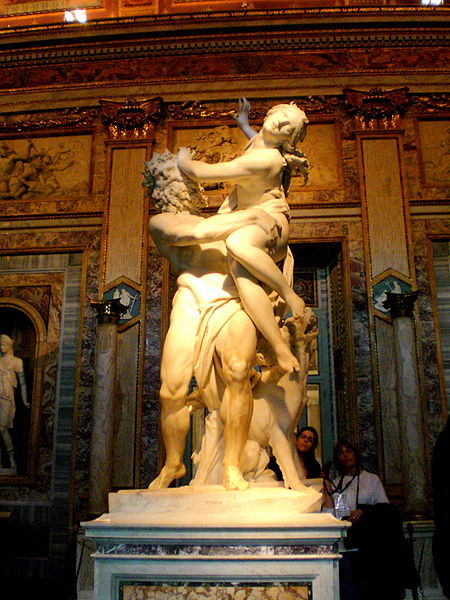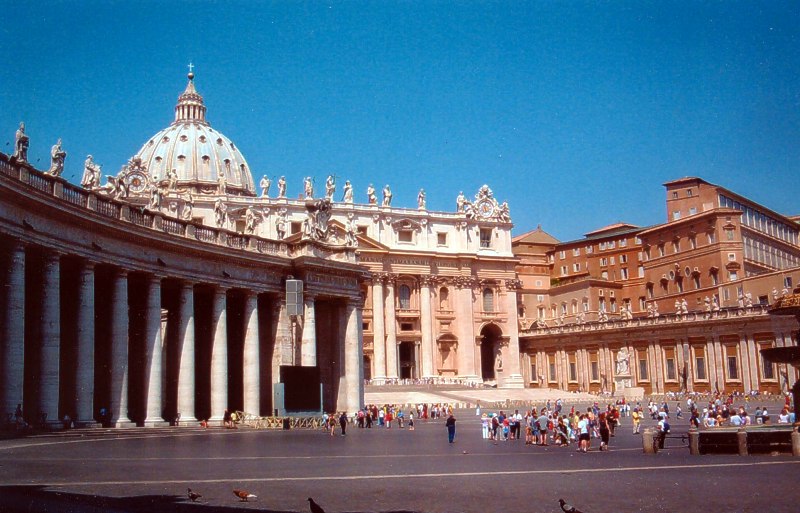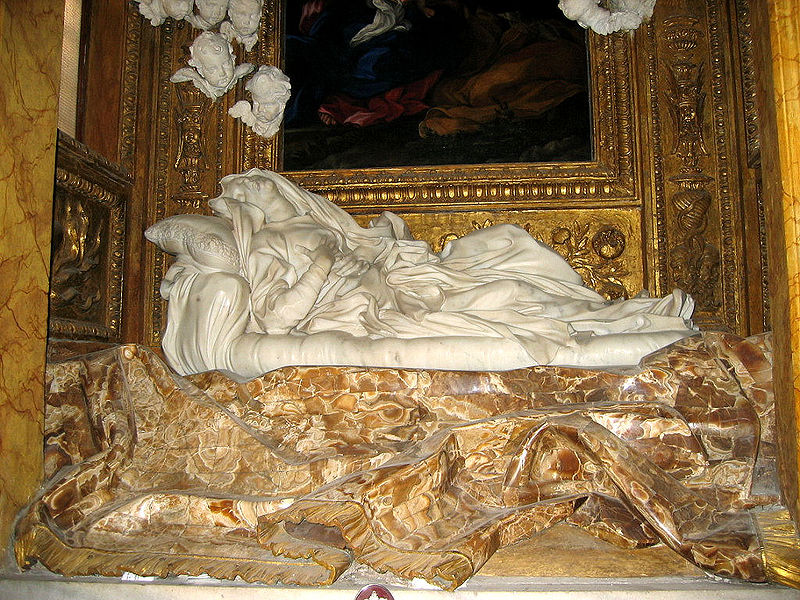<Back to Index>
- Mathematician Leopold Kronecker, 1823
- Sculptor and Architect Gian Lorenzo Bernini, 1598
- President of Portugal Mário Alberto Nobre Lopes Soares, 1924
PAGE SPONSOR
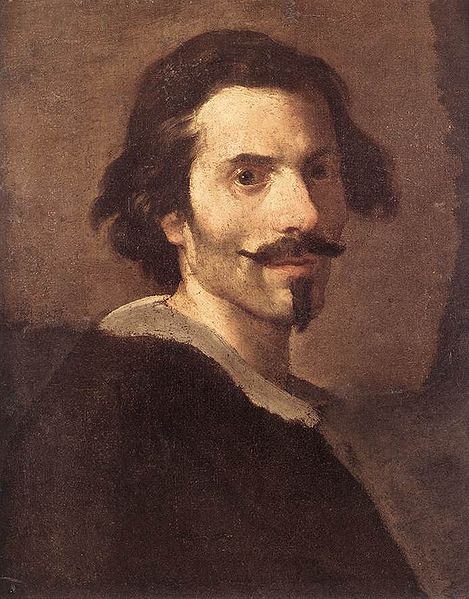
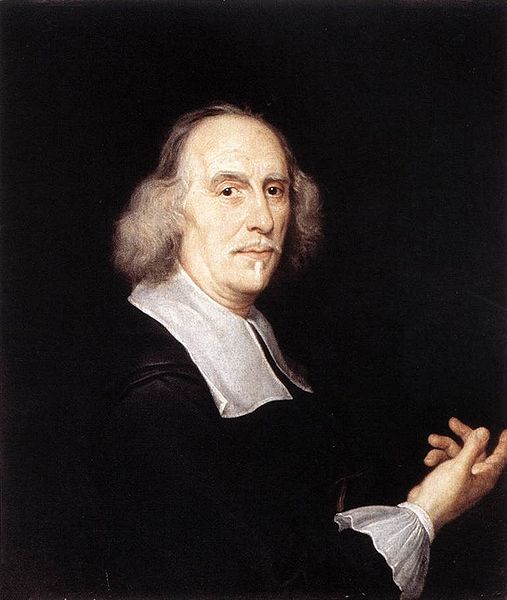
Gian Lorenzo Bernini (also spelled Gianlorenzo or Giovanni Lorenzo) (Naples, 7 December 1598 – Rome, 28 November 1680) was an Italian artist who worked principally in Rome. He was the leading sculptor of his age and also a prominent architect. In addition he painted, wrote plays, and designed metalwork and stage sets.
A student of Classical sculpture, Bernini possessed the unique ability to capture, in marble, the essence of a narrative moment with a dramatic naturalistic realism which was almost shocking. This ensured that he effectively became the successor of Michelangelo, far outshining other sculptors of his generation, including his rival, Alessandro Algardi. His talent extended beyond the confines of his sculpture to consideration of the setting in which it would be situated; his ability to be able to synthesise sculpture, painting and architecture into a coherent conceptual and visual whole has been termed by the art historian, Irving Lavin, the ‘unity of the visual arts’. A deeply religious man, working in Counter Reformation Rome, Bernini used light as an important metaphorical device in the perception of his religious settings; often it was hidden light source that could intensify the focus of religious worship, or enhance the dramatic moment of a sculptural narrative.
Bernini was also a leading figure in the emergence of Roman Baroque architecture along with his contemporaries, the architect, Francesco Borromini and the painter and architect, Pietro da Cortona. Early in their careers they had all worked at the same time at the Palazzo Barberini, initially under Carlo Maderno and on his death, under Bernini. Later on, however, they were in competition for commissions and fierce rivalries developed, particularly between Bernini and Borromini. Despite the arguably greater architectural inventiveness of Borromini and Cortona, Bernini’s artistic pre-eminence, particularly during the reigns of popes Urban VIII (1623-44) and Alexander VII (1655-1665), meant he was able to secure the most important commission in Rome of the day, St. Peter's Basilica. His design of the Piazza San Pietro in front of the Basilica is one of his most innovative and successful architectural designs.
During his long career, Bernini received many important commissions, many associated with the papacy. At an early age, he came to the attention of the papal nephew, Cardinal Scipione Borghese, and in 1621, at the age of only twenty three, he was knighted by Pope Gregory XV. Following his accession to the papacy, Urban VIII is reported to have said, "Your luck is great to see Cardinal Maffeo Barberini Pope, Cavaliere; but ours is much greater to have Cavalier Bernini alive in our pontificate". Although he did not fare so well during the reign of Innocent X, under Alexander VII, he once again regained pre-eminent artistic domination and continued to be held in high regard by Clement IX.
Bernini and other artists fell from favour in later neoclassical criticism of the Baroque. It is only from the late nineteenth century that art historical scholarship, in seeking an understanding of artistic output in the cultural context in which it was produced, has come to recognise Bernini’s achievements and restore his artistic reputation.
Bernini was born in Naples to a Mannerist sculptor, Pietro Bernini, originally from Florence, and Angelica Galante, a Neapolitan. At the age of seven he accompanied his father to Rome, where his father was involved in several high profile projects. There, as a boy, his skill was soon noticed by the painter Annibale Carracci and by Pope Paul V, and Bernini gained the patronage exclusively under Cardinal Scipione Borghese, the pope's nephew. His first works were inspired by antique Hellenistic sculpture. Under
the patronage of the Cardinal Borghese, young Bernini rapidly rose to
prominence as a sculptor. Among the early works for the cardinal were
decorative pieces for the garden such as "The Goat Amalthea with the Infant Zeus and a Faun", and several allegorical busts such as the "Damned Soul" and "Blessed Soul". By the age of twenty-two years, he completed the bust of Pope Paul V. Scipione's collection in situ at the Borghese gallery chronicles his secular sculptures, with a series of masterpieces:
Bernini's sculptural output was immense and varied. Among his other well-known sculptures: the "Ecstasy of St. Theresa", in the Cornaro Chapel, Santa Maria della Vittoria, and the now-hidden "Constantine", at the base of the Scala Regia (which he designed). He was given the commission for the tomb of the Barberini Pope in St Peters. He helped design the Ponte Sant' Angelo, sculpting two of the angels, soon replaced by copies by his own hand,
while the others were made by his pupils based on his designs. At the end of April 1665, at the height of his fame and powers, he travelled to Paris, where he remained until November; he met Paul Fréart de Chantelou who kept a Journal of Bernini's visit. Bernini's
international popularity was such that on his walks in Paris the
streets were lined with admiring crowds. This trip, encouraged by
Father Oliva, general of the Jesuits, was a response to the repeated requests for his works by King Louis XIV. Here Bernini presented some designs for the east front of the Louvre,
which were ultimately rejected. He soon lost favor at the French court
as he praised the art and architecture of Italy over that of France; he
said that a painting by Guido Reni was worth more than all of Paris. The sole work remaining from his time in Paris is a bust of Louis XIV, which set the standard for royal portraiture for a century. Bernini's architectural works include sacred and secular buildings and sometimes their urban settings and interiors. He made adjustments to existing buildings and designed new constructions. Amongst his most well known works is the Piazza San Pietro (1656-67), the piazza and colonnades in front of St Peter's and
the interior decoration of the Basilica. Amongst his secular works are
a number of Roman palaces: following the death of Carlo Maderno, he
took over the supervision of the building works at the Palazzo Barberini from 1630 on which he worked with Borromini); the Palazzo Ludovisi (now Palazzo Montecitorio) (started 1650); and the Palazzo Chigi (now Palazzo Chigi-Odescalchi) (started 1664). His first architectural projects were the façade and refurbishment of the church of Santa Bibiana (1624-6) and the St. Peter's baldachin (1624-1633), the bronze columned canopy over the high altar of St. Peter's Basilica. In 1629, and before the Baldacchino was complete, Urban VIII put
him in charge of all the ongoing architectural works at St Peter's.
However, due to political reasons and miscalculations in his design of
the bell-towers for St. Peter's, Bernini fell out of favor during the Pamphili papacy of Innocent X. Never wholly without patronage, Bernini then regained a major role in the decoration of St. Peter's with the Pope Alexander VII Chigi, leading to his design of the piazza and colonnade in front of St. Peter's. Further significant works by Bernini at the Vatican include the Scala Regia, (1663-6) the monumental grand stairway entrance to the Vatican Palace and the Cathedra Petri, the Chair of Saint Peter, in the apse of St. Peter's. Bernini
did not build many churches from scratch, rather his efforts were
concentrated on pre-existing structures, and in particular St. Peter's.
He fulfilled three commissions for new churches; his stature allowed
him the freedom to design the structure and decorate the interiors in a
consistent manner. Best known is the small oval baroque church of Sant' Andrea al Quirinale, a work which Bernini's son, Domenico, reports his father was very pleased with. Bernini also designed churches in Castelgandolfo (San Tommaso da Villanova, 1658-61) and Ariccia (Santa Maria Assunta, 1662-4). When Bernini was invited to Paris in 1665 to make works for Louis XIV,
he presented designs for the east facade of the Louvre Palace but his
adventurous concave-convex façades were ultimately turned down
in favour of the more stern and classic proposals of the French
architect Claude Perrault,
signalling the waning influence of Italian artistic hegemony in France.
Perrault's final design did, however, include Bernini's feature of a
flat roof behind a Palladian balustrade. In 1639, Bernini bought property on the corner of the via Mercede and the via del Collegio di Propoganda Fide.
On this site he built himself a palace, the Palazzo Bernini, at what
are now Nos 11 and 12 via della Mercede. He lived at No. 11 but this
was extensively changed in the nineteenth century. It has been noted
how very galling it must have been for Bernini to witness through the
windows of his dwelling, the construction of the tower and dome of
Sant' Andrea delle Fratte by his rival, Borromini, and also the
demolition of the chapel that he, Bernini, had designed at the Collegio
di Propoganda Fide to see it replaced by Borromini's chapel.
True to the decorative dynamism of Baroque, among Bernini's most gifted creations were his Roman fountains that were both public works and papal monuments. His fountains include the Fountain of the Triton or Fontana del Tritone and the Barberini Fountain of the Bees, the Fontana delle Api. The Fountain of the Four Rivers or Fontana dei Quattro Fiumi in the Piazza Navona is
a masterpiece of spectacle and political allegory. An oft-repeated, but
false, anecdote tells that one of the Bernini's river gods defers his
gaze in disapproval of the facade of Sant' Agnese in Agone (designed by the talented, but less politically successful, rival Francesco Borromini). However, the fountain was built several years before the façade of the church was completed. Bernini
also revolutionized marble busts, lending glamorous dynamism and
animation to the stony stillness of portraiture. Starting with the
immediate pose, leaning out of the frame, of bust of Monsignor Pedro de
Foix Montoya at Santa Maria di Monserrato, Rome. The once-gregarious Cardinal Scipione Borghese, in his bust is frozen in conversation. His
most famous portrait is that of Costanza Bonarelli (c. 1637). It does
not portray divinity or royalty, but a woman in a moment of disheveled
privacy. Bernini had an affair with Costanza, who was the wife of one
of Bernini's assistants. When Bernini suspected Costanza to be involved
with his brother, he badly beat him and ordered a servant to slash her
face with a razor. Pope Urban VIII intervened on his behalf and he was
fined. Bernini also gained royal commissions from outside Italy, for subjects such as Louis XIV, Cardinal Richelieu, Francesco I d'Este, Charles I of England and Henrietta Maria. The last two were produced in Italy from portraits made by Van Dyck (now in the royal collection), though Bernini preferred to produce portraits from life - the bust of Charles was lost in the Whitehall Palace fire of 1698 and that of Henrietta Maria was not undertaken due to the outbreak of the English Civil War. An exhibition co-organized by the J. Paul Getty Museum, Los Angeles, and the National Gallery of Canada, Ottawa, explored Bernini's portraits: Bernini and the Birth of Baroque Portrait Sculpture, August 5 – October 26, 2008. The Elephant and Obelisk, affectionately as Bernini's Chick by the Roman people, is located in the Piazza della Minerva and in front of the church of Santa Maria sopra Minerva. Pope Alexander VII decided that he wanted an ancient Egyptian obelisk to be erected in the piazza and in 1665 he commissioned Bernini to create a sculpture to support the obelisk. The sculpture of an elephant bearing the obelisk on its back was created by one of Bernini's students, Ercole Ferrata and
finished in 1667. An inscription on the base aligns the Egyptian
goddess Isis and the Roman goddess Minerva with the Virgin Mary who the
church is dedicated to. A
popular antecdote concerns the elephant's smile. To find out why it is
smiling, the viewer must head around to the rear end of the animal and
to see that its muscles are tensed and its tail is shifted to the left
as if it were defecating. The animal's rear is pointed directly at the
office of Father Domenico Paglia, a Dominican friar, who was one of the main antagonists of Bernini and his artist friends, as a final salute and last word. Bernini worked along with Ercole Ferrata to
create a much admired fountain for the Lisbon palace of the Portuguese
nobleman, the Count of Ericeira. For the same patron he also created a
series of paintings with the battles of Louis XIV as subject. These
works were lost as the palace, its great library and the rich art
collection of the Counts of Ericeira were destroyed along most of
central Lisbon as a result of the great earthquake of 1755. The
death of his patron Urban VIII in 1644 and the election of the Pamphilj
pope, Innocent X, initially marked a downturn in Bernini's career and
released a series of opportunities for Bernini's rivals. However,
within several years, Innocent reinstated him at St Peter's to work on
the extended nave and
commissioned the Four Rivers fountain in the Piazza Navona. At the time
of Innocent's death in 1655, Bernini was the arbitrator of public
artistic taste in Rome. His artistic ascendency continued under
Alexander VII. He died in Rome in 1680, and was buried in the Basilica di Santa Maria Maggiore. Among the many who worked under his supervision were Luigi Bernini, Stefano Speranza, Giuliano Finelli, Andrea Bolgi, Filippo Parodi, Giacomo Antonio Fancelli, Lazzaro Morelli, Francesco Baratta, and Francois Duquesnoy. Among his rivals in architecture were Francesco Borromini and Pietro da Cortona; in sculpture, Alessandro Algardi. Two years after his death, Queen Christina of Sweden, then living in Rome, commissioned Filippo Baldinucci to write his biography.
Bernini was also the author of the statue of the Moor in La Fontana del Moro in Piazza Navona (1653).
